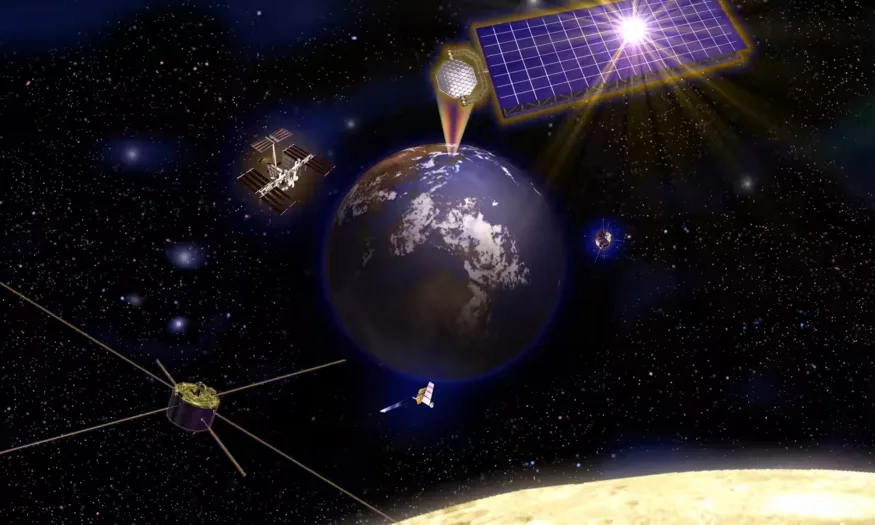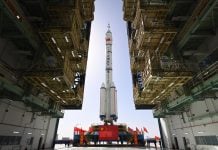The race to develop technology for transmitting solar power collected in space to Earth is gaining momentum, with various countries and organizations competing to unlock the potential of this innovative solution. Japan, in particular, is leading the charge, as a public-private partnership aims to conduct a trial by the year 2025.
The cost to generate space-based solar power, however, is still extremely high
The concept of space-based solar power was proposed by an American physicist in 1968 and involves launching solar panels into space to generate electricity at an altitude of 36,000 kilometers. The generated solar power is then converted into microwaves, similar to those used in microwave ovens, and transmitted to ground-based receiving stations, where it is converted back into electrical energy.

One of the advantages of space-based solar power is its ability to provide a stable supply of energy regardless of weather conditions. Microwaves can penetrate through clouds, ensuring a consistent flow of power throughout the day and in various weather conditions. On the other hand, regular solar power is highly dependant upon factors like cloud cover, which can be detrimental to the steady supply of energy.
Japan has been at the forefront of this research, with a group led by former Kyoto University President Hiroshi Matsumoto spearheading the efforts. In the 1980s, Japan achieved a significant milestone by successfully transmitting power via microwaves in space. The group continued its research under the guidance of Kyoto University professor Naoki Shinohara, and in 2009, an industry-government-academia project was launched under the Ministry of Economy, Trade, and Industry.
The project achieved notable progress, including successful microwave power transmission experiments over distances of 50 meters in both horizontal and vertical directions. Looking to the future, the group plans to attempt vertical transmission over longer distances ranging from 1 km to 5 km.
Competitors from other countries are also actively pursuing the commercialization of space-based solar power technology. The U.S. Air Force Research Laboratory and the California Institute of Technology have embarked on large-scale projects, while Chongqing University in China and the European Space Agency are advancing their own technologies.
While the potential benefits of space-based solar power are immense, cost remains a significant challenge. To generate 1 gigawatt, equivalent to the output of a nuclear reactor, an extensive area of solar panels would be required. Even with technological advancements, the estimated cost of installing such capacity exceeds 1 trillion yen ($7.1 billion).
Nonetheless, as governments and businesses worldwide prioritize renewable energy and the reduction of carbon emissions, space-based solar power has gained renewed attention. The upcoming trial planned by the Japanese partnership in fiscal 2025 aims to demonstrate the feasibility of transmitting power from space to the ground, furthering the progress in this field.
If successful, space-based solar power could revolutionize the way we harness and utilize clean energy, offering a sustainable solution to meet our energy needs. The competition to develop this groundbreaking technology is fierce, and Japan is determined to remain at the forefront of this global race.
RELATED:
- NASA Discovers Crash Site of Japan’s Failed Lunar Lander
- Sony Expands Chip Business with Second Manufacturing Plant in Kumamoto, Japan
- The Best Electric Scooters of 2023: Commute with Speed and Style
(Via)







